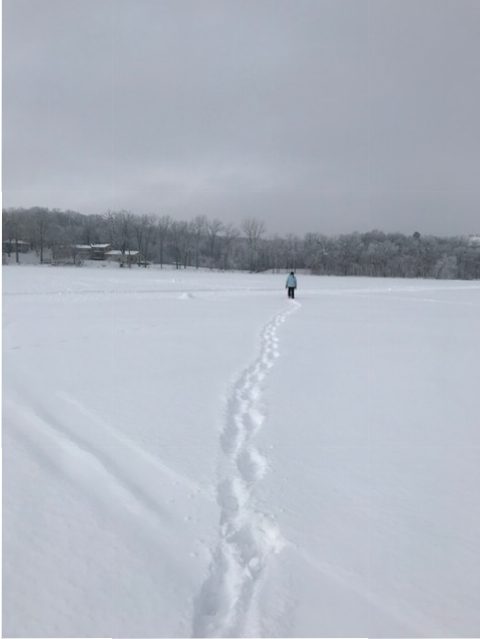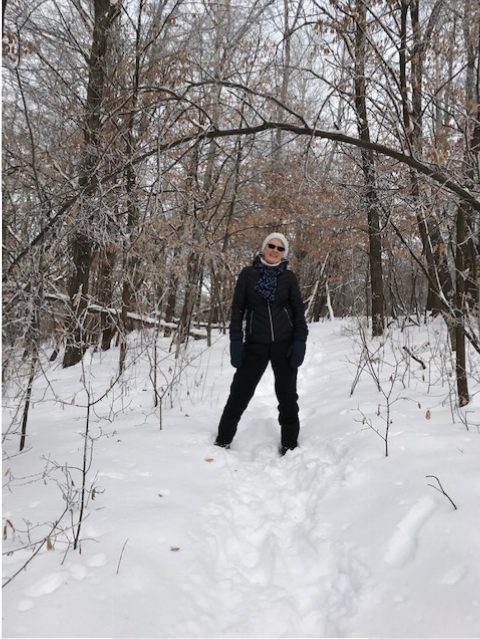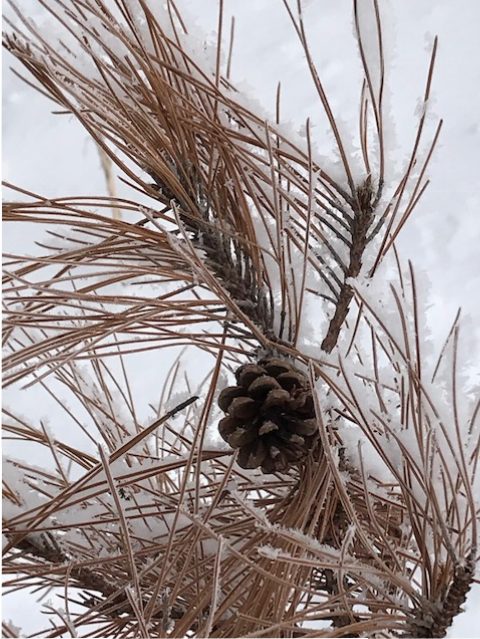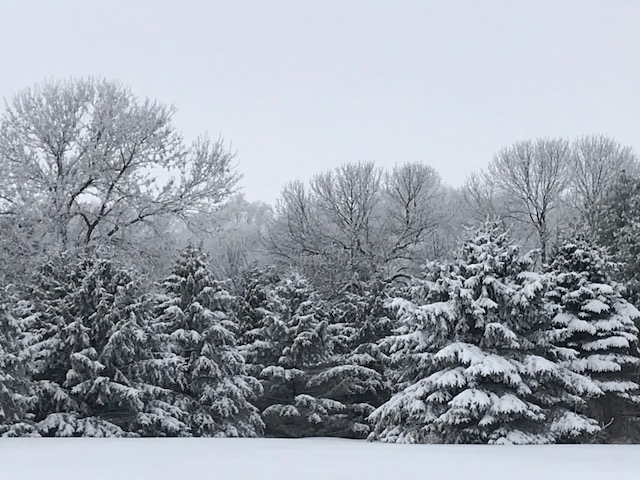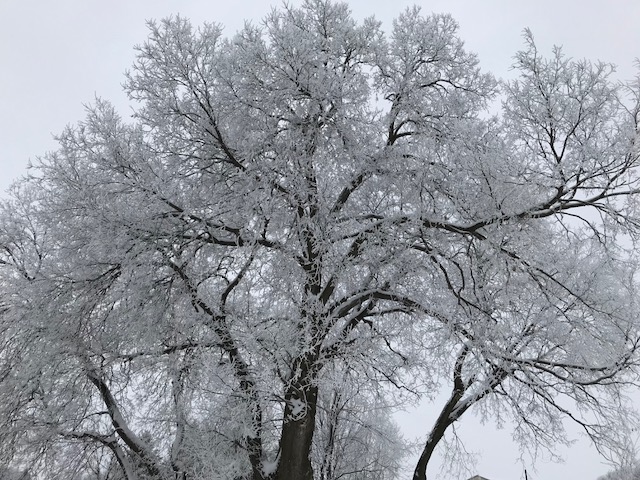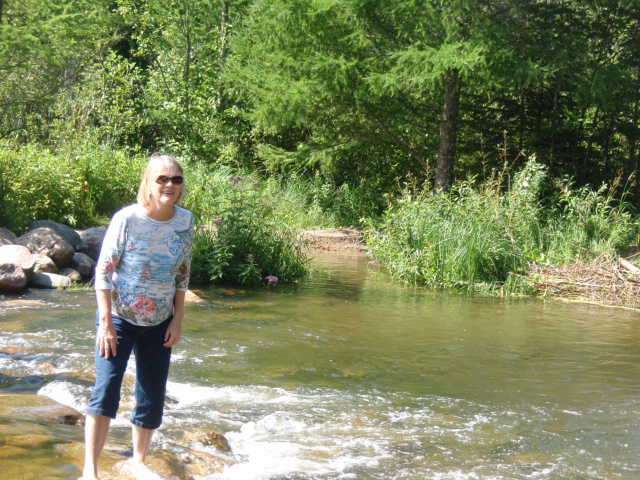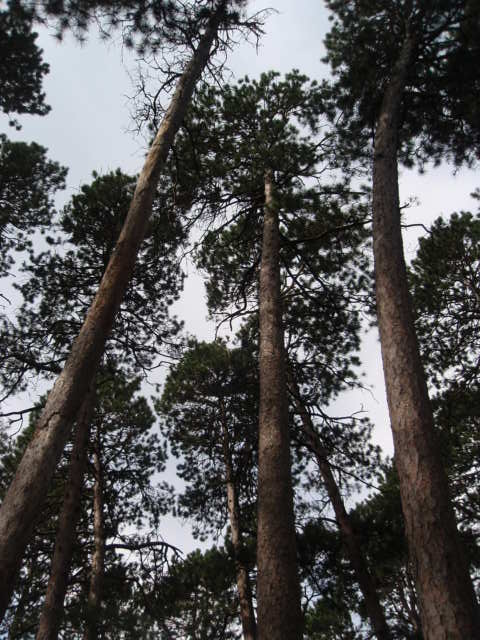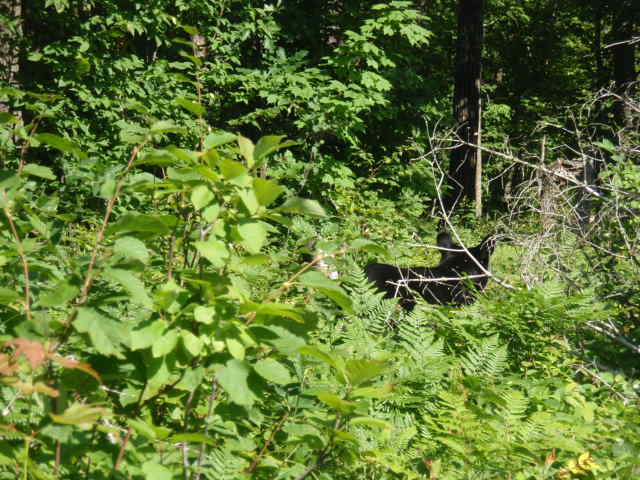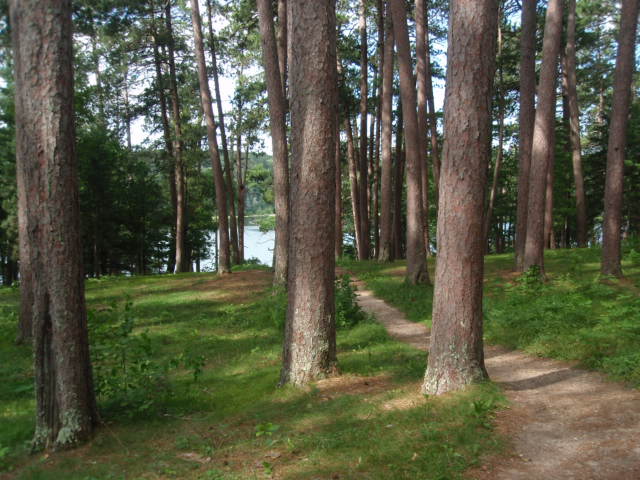Continuing my series on memorable hikes…
After a beautiful Easter morning service that included the singing of Christ the Lord is Risen Today and hearing the Hallelujah Chorus at a church we were visiting in the D.C. area, we decided to take the train to the National Mall and walk around.
The metro system in Washington D.C. is user friendly and we hopped on the train, along with our host for the weekend, and “people watched” for thirty minutes while we enjoyed the train ride to the National Mall.
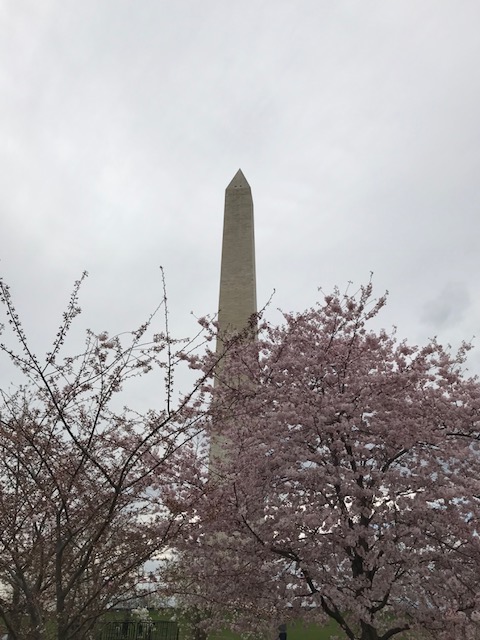
As soon as we stepped out of the metro station we saw the Washington monument standing tall. There were lots of people everywhere…and this was April…I can’t imagine the crowds during summer. We turned and looked behind us, to the East, and saw the U.S. Capitol from a distance, and then started our hike walking west toward the Washington Monument.

The day was cool but the cherry trees were in bloom and it was beautiful. We walked from memorial to memorial, beginning at the Washington Monument (built in 1848). I have been up in the Washington Monument on a prior visit, but it is currently closed for renovation until 2019. We glanced at the White House to the north as we passed it, then walked through the WW II Memorial (dedicated in 2004) on our way to the Vietnam Veterans Memorial (dedicated in 1982), and a Vietnam Women’s Memorial, a sculpture dedicated in 1993 for the women who served in the Vietnam war.
Next we stopped at the Lincoln Memorial (dedicated in 1922) which is a favorite of mine, and for many I believe.
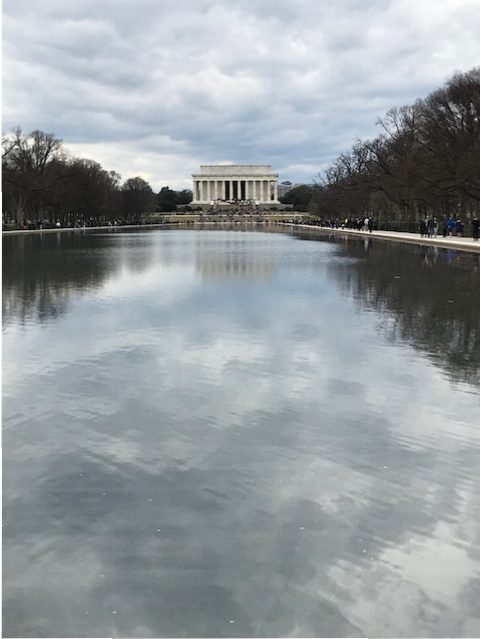
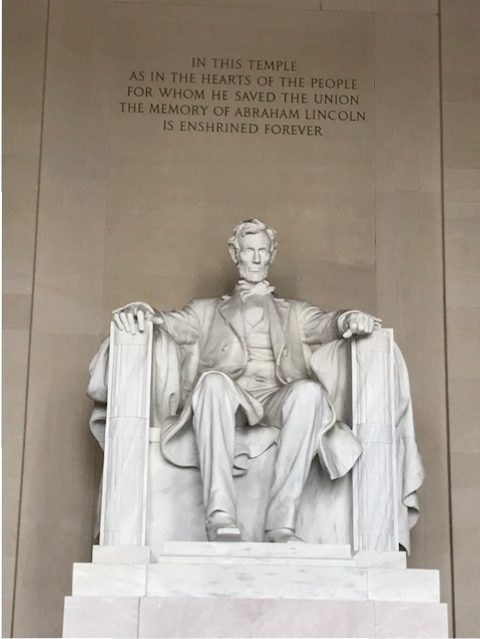
Next we walked to the Korean War Veterans Memorial (dedicated in 1995) and then to the Martin Luther King Jr. Memorial.
The Martin Luther King Jr. Memorial is a fairly new memorial dedicated in 2011, and this was the first time I saw it and it immediately became a favorite for me. The Stone of Hope is a granite sculpture out of which the carving of Dr. King emerges. The memorial covers four acres and is located on the Tidal Basin. The walls surrounding the statue are etched with several different quotes from Dr. King Jr. such as:
“Darkness cannot drive out darkness; only light can do that. Hate cannot drive out hate; only love can do that.”

At this point we were on a trajectory to see the Jefferson Memorial (dedicated in 1943) which took us past the Franklin Delano Roosevelt Memorial (dedicated in 1997), also new to me.
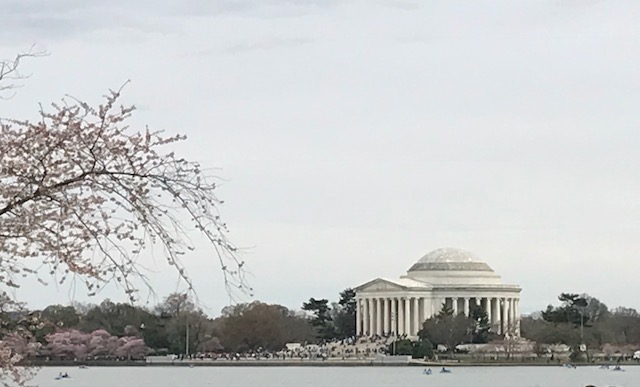
The King, Roosevelt and Jefferson memorials are all on the Tidal Basin, off the Potomac River, surrounded by blooming cherry trees.

The cherry trees along the Tidal Basin were given as a gift of friendship to the People of the United States from the People of Japan in 1912.
When we started out we had no idea we would hike a total of six miles that afternoon, but it was fun to see these truly amazing memorials. There are interesting stories behind each one.
They are continually adding new memorials and museums in this area. For instance, they are planning a Dwight D. Eisenhower Memorial, under construction at this time, and we visited the newly opened Museum of the Bible which was very interesting.
Washington D.C. is a very unique place to visit and a fun place to hike around, and I am grateful we had the opportunity to do so in the cherry tree blooming season.
Click here to view a good map of the National Mall.
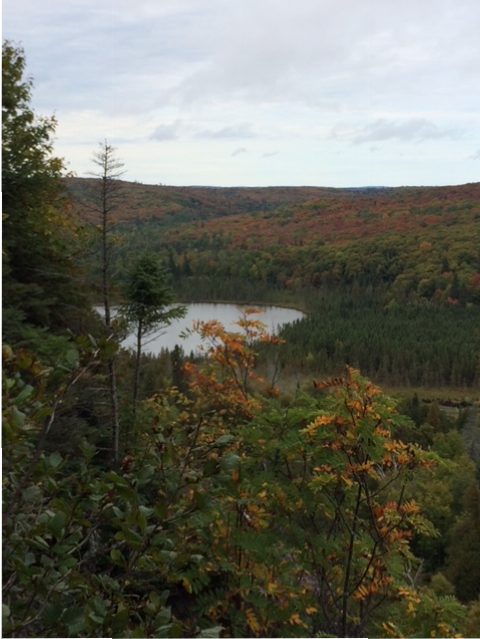
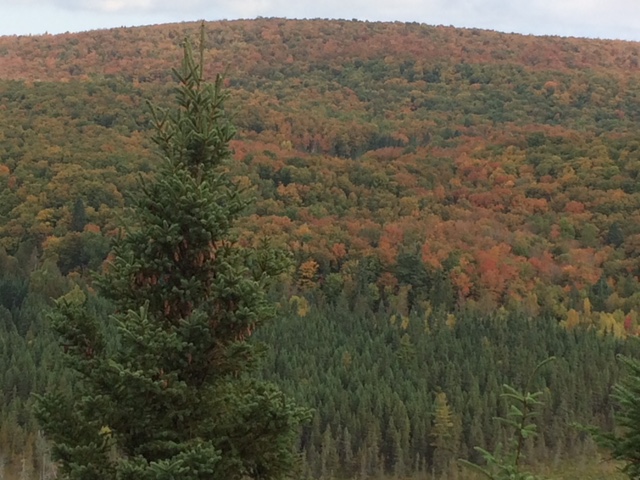
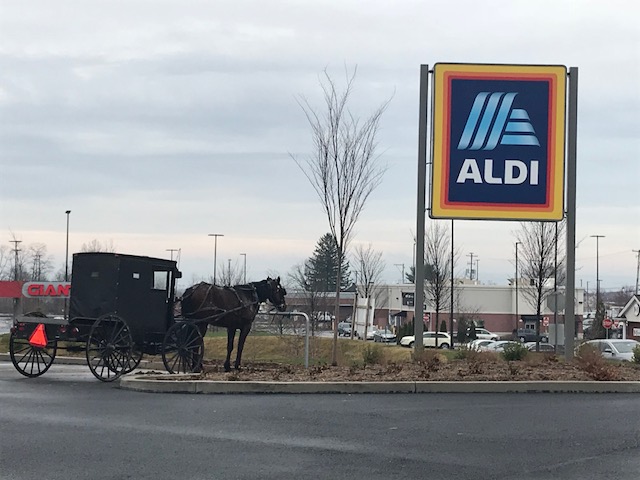







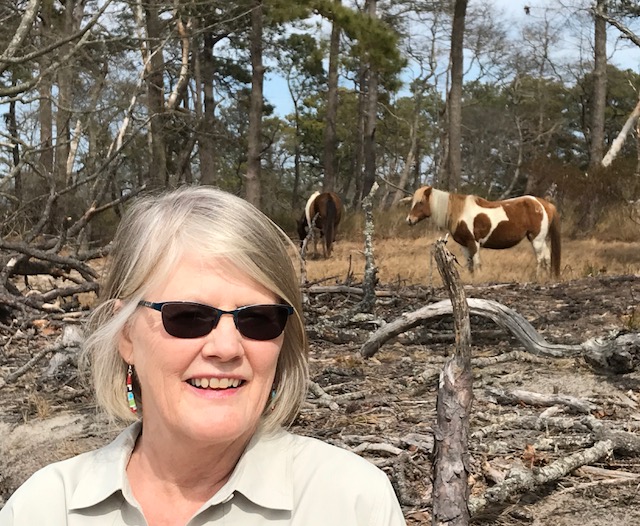
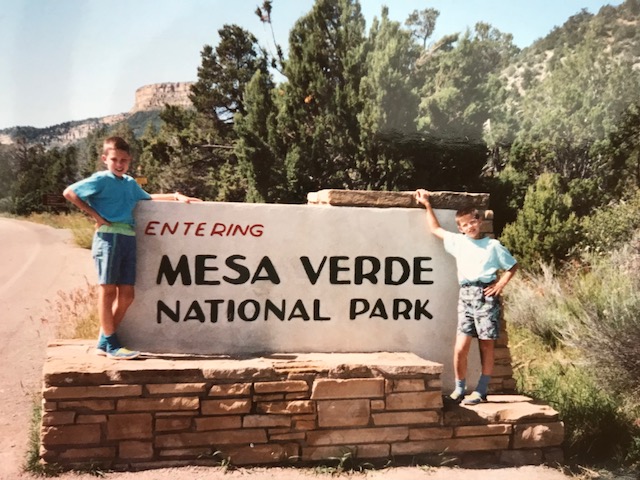
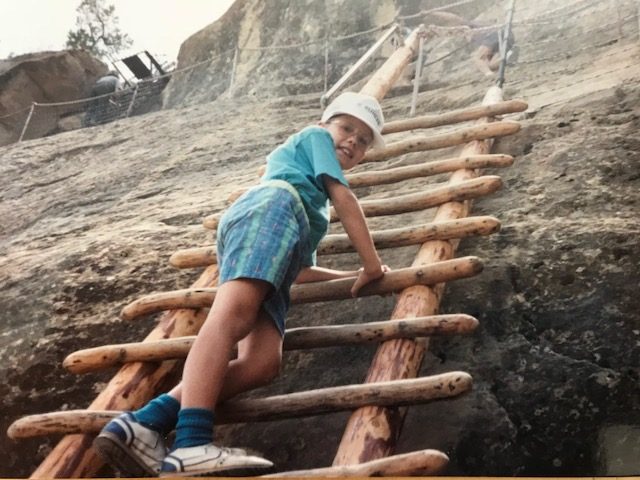



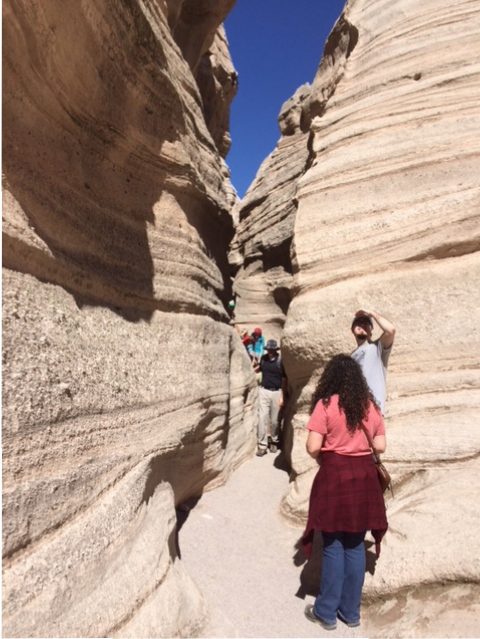
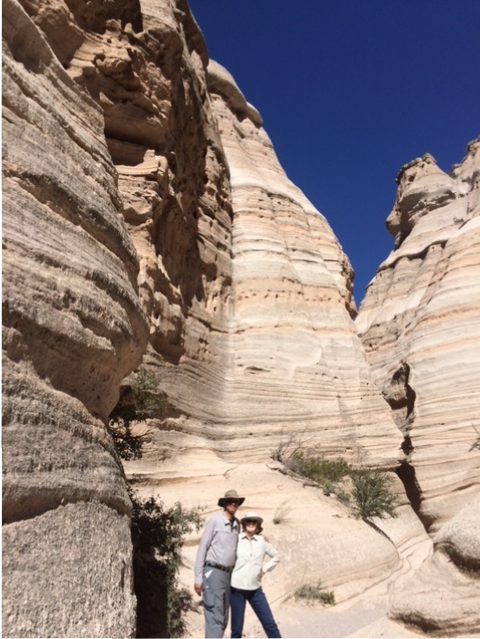
 The vistas at the top were great and at the bottom we hiked another mile along the base of these rock formations. It was a fun hike. I had never heard of this park until we planned our trip to New Mexico, but what a wonderful find!
The vistas at the top were great and at the bottom we hiked another mile along the base of these rock formations. It was a fun hike. I had never heard of this park until we planned our trip to New Mexico, but what a wonderful find!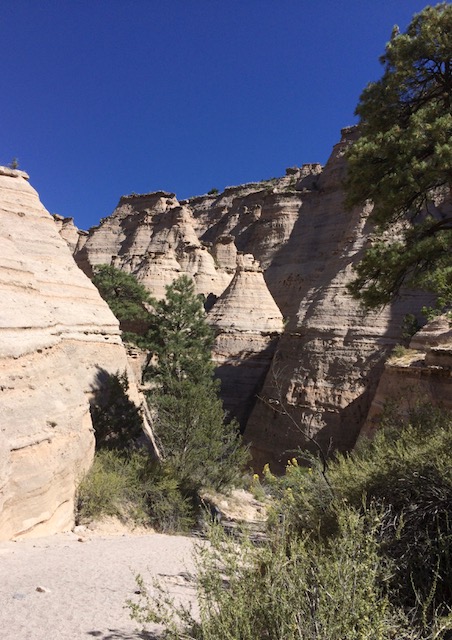

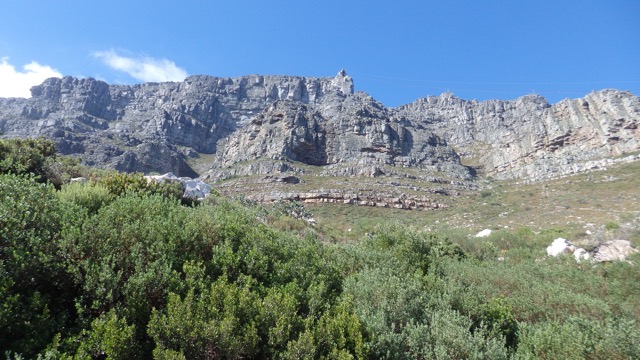
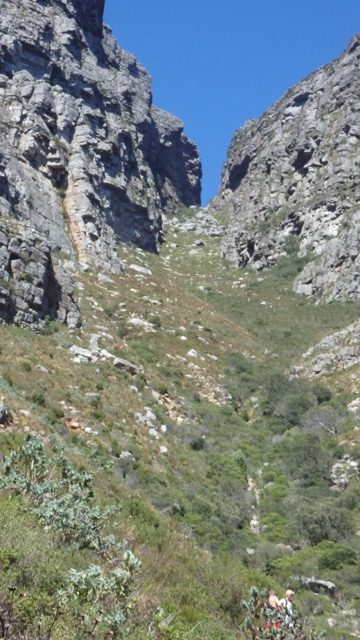
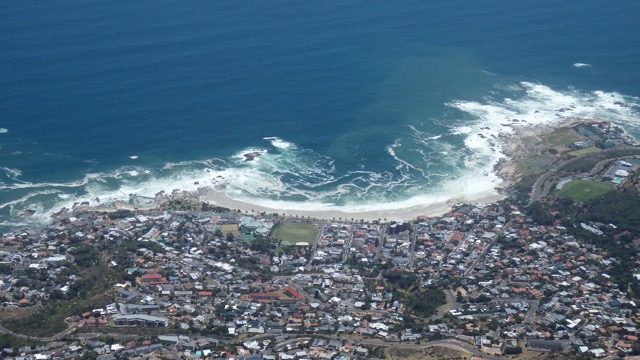
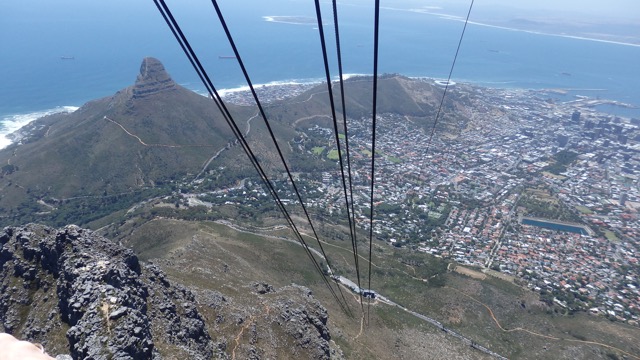
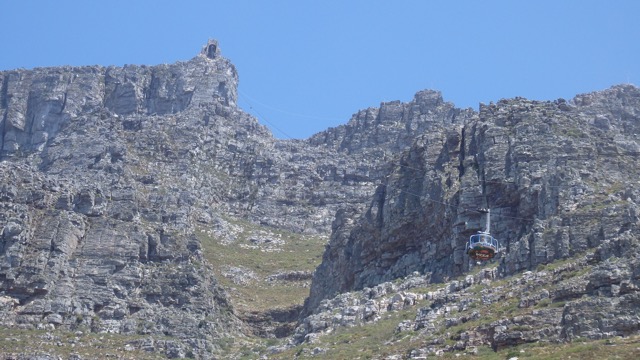
 Sabino Canyon is a desert oasis in the Coronado National Forest. When you arrive at the park you can take a tram up the canyon and walk back down if you desire. That’s a great way to hike! But there are several trail options available to hike back down. We have hiked in this canyon on several different trips. On this day in Sabino Canyon we were casually hiking down along the canyon in the beautiful, warm, sunshine. There was water in the canyon; water pools in the canyon during winter months and being near water while hiking is a always a treat. As we were walking we caught up with a couple in front of us that had stopped on the trail. They pointed to a rattlesnake coiled up in the sun on a rock along side the trial. We tiptoed past it and kept on going. That’s the first time, and hopefully the last time, I see one of those snakes!
Sabino Canyon is a desert oasis in the Coronado National Forest. When you arrive at the park you can take a tram up the canyon and walk back down if you desire. That’s a great way to hike! But there are several trail options available to hike back down. We have hiked in this canyon on several different trips. On this day in Sabino Canyon we were casually hiking down along the canyon in the beautiful, warm, sunshine. There was water in the canyon; water pools in the canyon during winter months and being near water while hiking is a always a treat. As we were walking we caught up with a couple in front of us that had stopped on the trail. They pointed to a rattlesnake coiled up in the sun on a rock along side the trial. We tiptoed past it and kept on going. That’s the first time, and hopefully the last time, I see one of those snakes!






